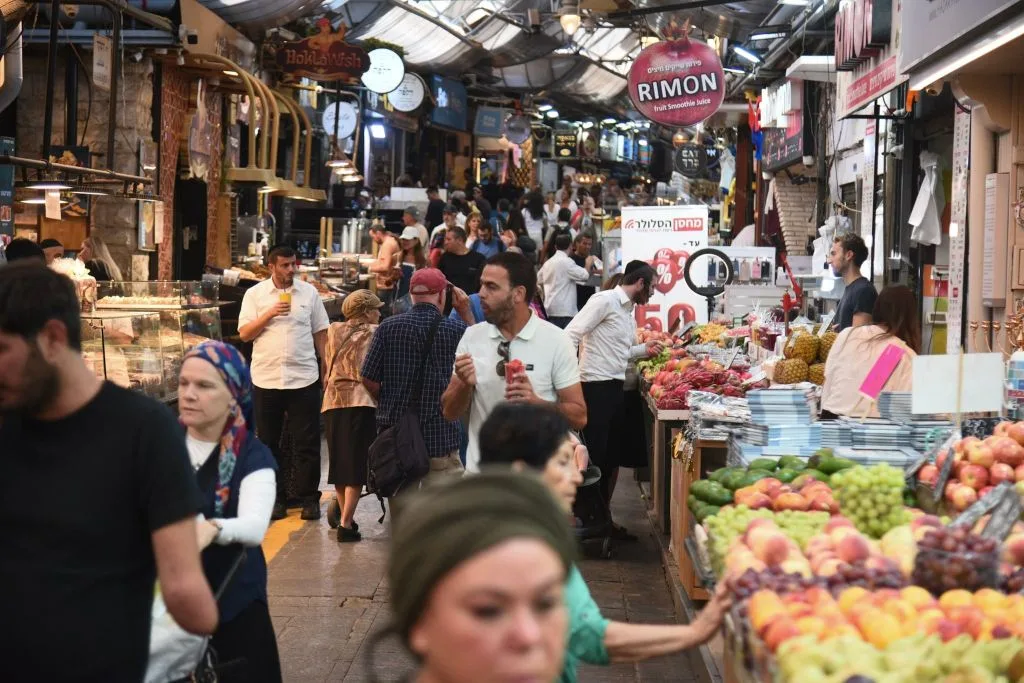Monitoring Desk: The Jewish World looks forward to the New Year–Rosh HaShanah, the Jewish new year which begins on Friday night and is the most universal of all the Jewish holidays, reports TPS News Agency.
Families gather for festive meals where symbolic foods are served. The most iconic image of the holiday is the shofar, a ram’s horn blown during services. Prayers place special emphasis on God’s kingship as well as hopes for being inscribed for a year of life, peace, and prosperity.
Further building up the holiday’s seriousness, during the month leading up to Rosh HaShanah, Jews say special penitential prayers called selichot.
Carving Out a Better Year
“Everyone is judged on Rosh HaShanah. And, it’s the only holiday that the non-Jewish world has their own version of: New Year’s,” Rabbi Asher Resnick, a Jerusalem educator for more than 35 years told the Tazpit Press Service. The holiday, he stressed, marks the anniversary of God creating man, not the first day of creation.

“It’s about the beginning of man. And what’s the significance of man? That man has free will. When you come to the end of the year, it’s an obvious time to take stock and plan and become a better person, to have a better year than the past. And you have a concept in the world at large of New Year’s resolutions, which is very appropriate. So that’s the idea — we’re asking for a new year for life and dedicating ourselves to proper values,” he said.
This is where the shofar comes in. On Rosh HaShanah, and during the month leading up to it, the shofar is blown daily.
“The shofar is understood classically as a spiritual alarm. It’s meant to wake you up from your slumber, from wasting your time, wasting your life and trying to dedicate yourself to proper values and proper activities,” Rabbi Resnick said. “We’re trying to wake ourselves up and dedicate ourselves to a much better year in the future.”

The customary symbolic foods, known as simanim, vary in different communities. But the most common ones are apples dipped in honey (to symbolize a sweet year), pomegranates (which are full of seeds, symbolizing spiritual merits) and fish (which live underwater and therefore not subject to the evil eye). Other symbolic foods in various communities include carrots, leeks, gourds, black-eyed peas, beets, spinach and dates. The custom of simanim, “is seen as trying to set a good pattern for the year,” Rabbi Resnick said.
“Jewish thought emphasizes that you should be careful — the last thing you want to do on Rosh HaShanah is get angry or lose control in any way or express anything negative. That’s setting the tone for a negative year. Simanim are different ways of trying to establish a good momentum and a good pattern for the new year. We use physical things as our trigger for that,” he explained.
During Rosh HaShanah and the days leading up to Yom Kippur, collectively known as the High Holidays, sales of honey rise sharply in Israel as people purchase honey for cakes, cookies, pastries, sauces and drinks.
“Almost half of all the honey bought in Israel during the year is bought around the High Holidays,” Boaz Kanot, owner of Boaz Kanot Bees & Honey told TPS.
Kanot, who is based on Moshav Avigdor in southern Israel, has been in the beekeeping business for more than 40 years.
“It’s a very ancient tradition,” Kanot said. “We want the next year to be sweet like honey.”
